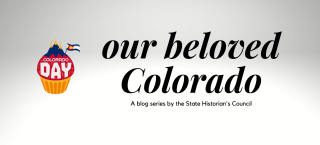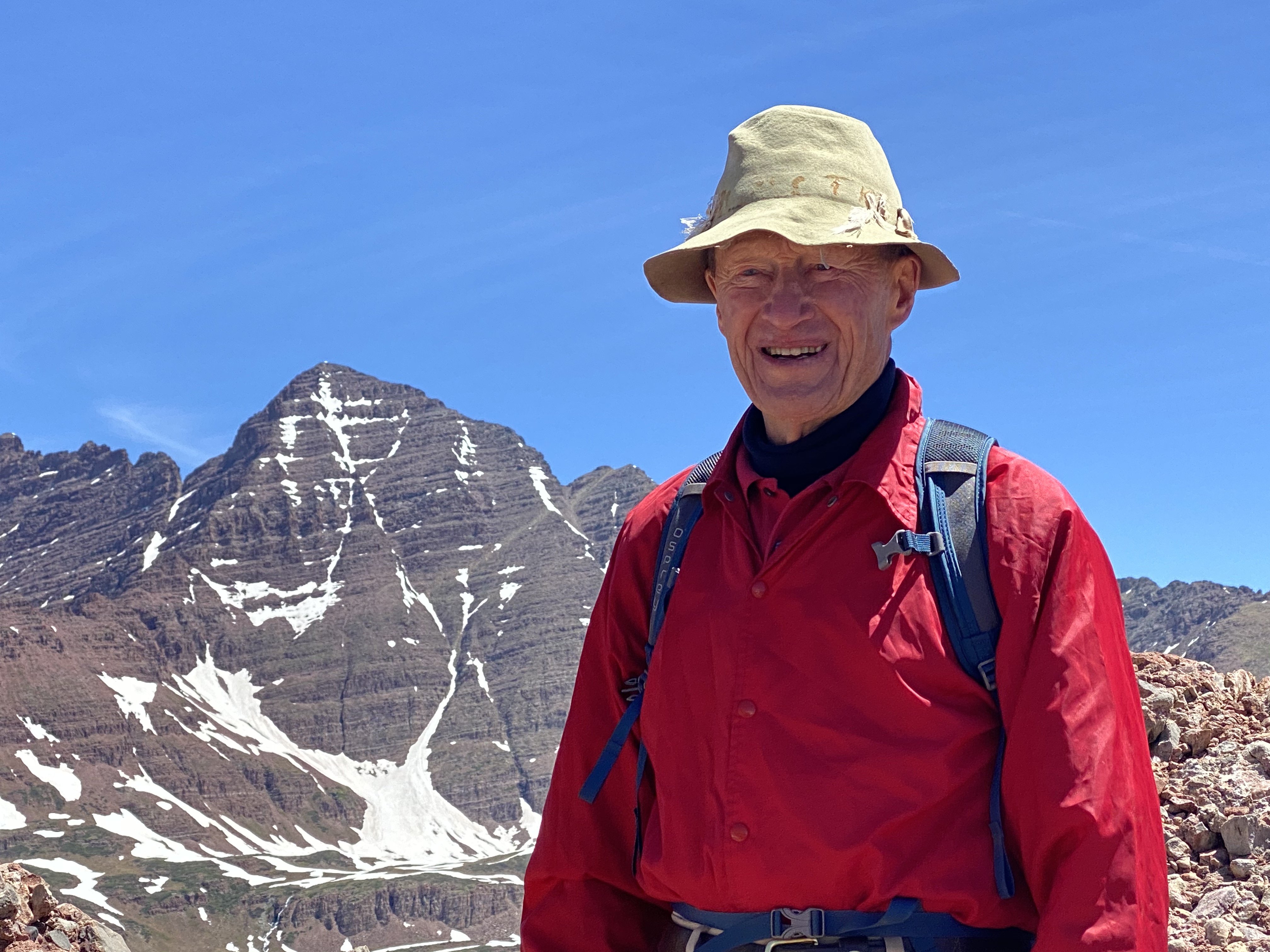
Story
The Black Canyon, My Favorite Place in Colorado
We asked each member of the State Historian’s Council to reflect on what “our beloved Colorado” means to them. For Colorado Day, our new State Historian Duane Vandenbusche explains why the Black Canyon is his favorite place in Colorado.
My favorite area in Colorado is the Black Canyon. Located twenty-six miles west of Gunnison, the canyon is fifty-five miles long, carved out by the roaring waters of the Gunnison River which runs through it. The canyon was called black because of its depth—dark, vertical walls and shadows—plus, in certain parts the sun shines for only thirty-three minutes a day. The walls of the Black Canyon are from 500 to 2700 feet high and it is very narrow. Some canyons of the West are longer and some are deeper, but none combine the depth, narrowness, and danger of the Black Canyon.
John Gunnison came to the Black canyon in 1853, while surveying a possible transcontinental railroad route. When he saw it, he commented on “that great gorge we have spent so many days traveling around.” Albert Peale of the famed Hayden Survey of 1874 declared: “The canyon is inaccessible and I am therefore obliged to pass by it with merely this reference.”
William Jackson Palmer’s Denver & Rio Grande Western Railroad ran its narrow gauge line through the first fifteen miles of the Black Canyon in 1881, from Sapinero to Cimarron. From there he sent surveyor Byron Bryant deeper into the canyon to see if the railroad could continue. Bryant took sixty-eight days to cover forty miles, rappelling with his men down into the canyon every day. It was very dangerous coming in and out of the canyon daily with vertical walls and foaming and dangerous water in the Gunnison River below. When he filed his report on whether it was possible for a railroad to run the last forty miles of the canyon, Bryant started his report off with one word: “Impossible.”
By 1900, the Uncompahgre Valley was losing population because of a lack of water. The Uncompahgre River was not able to supply enough water for the ranchers and farmers of Delta, Olathe, Montrose, and Colona. Temptingly, the Gunnison River was nearby and had plenty of water. However, high Vernal Mesa separated the Gunnison River in the Black Canyon from the Uncompahgre Valley. Residents of the valley dreamed of a tunnel that might be able to divert water under Vernal Mesa into the valley. However, because of the cost this appeared to only be a pipe dream. Then the Uncompahgre Valley got lucky. The Bureau of Reclamation was created in 1901, and the Uncompahgre Valley looked like a perfect spot to reclaim western land. The Bureau hired Abraham Lincoln Fellows, a hydrographer for the US Geological Survey from Mancos, to go through the Canyon to see if a diversion tunnel would be possible. With twenty-nine-year-old William Torrence of Montrose with him, Fellows embarked on one of the most exciting expeditions in the history of the West. The two men put into the canyon at Cimarron in August and spent ten days looking over some of the most dangerous terrain in the nation. They crossed the Gunnison River seventy-six times, escaped falling rocks, and were nearly killed going through the Narrows where the canyon walls pinched into only forty-four feet. Ten days later they came out where the Gunnison River joined the North Fork near the town of Lazear, having found a tunnel site.
From 1904-1909, the Bureau of Reclamation built the six-mile-long Gunnison Tunnel, diverting water into the Uncompahgre Valley. In September of 1909, President William Howard Taft came to throw the switch that diverted water into the valley—the first great Bureau of Reclamation project in history was finished.
So the Black Canyon—with its geological wonder, great railroad history, great Bureau of Reclamation history, as well as one of the great trout streams in the nation with the Gunnison River going through it, a famous hermit who lived in the Canyon for over forty years, some of the top climbs in the nation including The Hallucinogen Wall, and its tremendous beauty—remains my favorite place in Colorado.
Photos courtesy of Duane Vandenbusche and CLCD Productions, LLC



